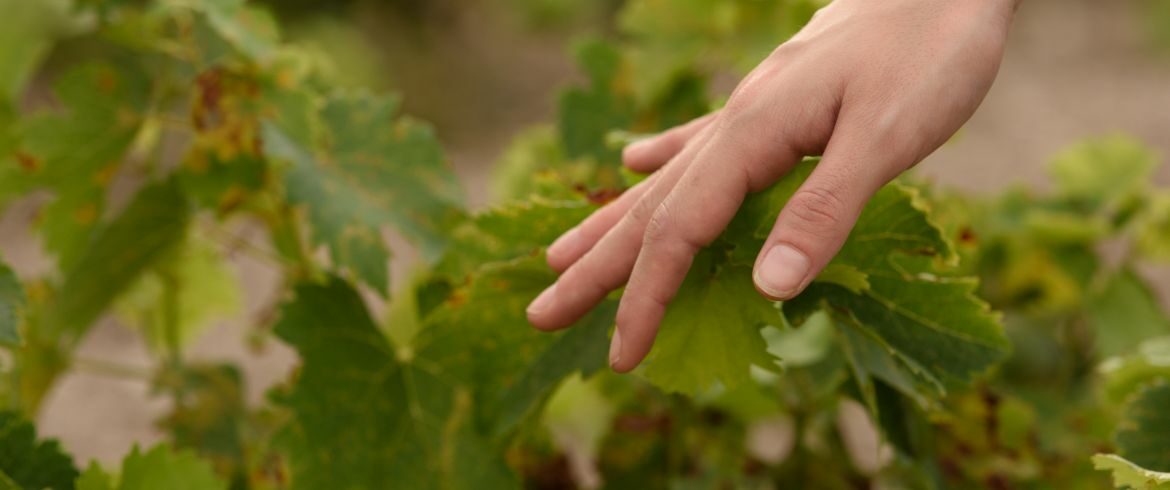Australia is a land of breathtakingly beautiful landscapes, incomparable unique wildlife, and a deep, rich cultural heritage. Sadly, all these treasures are threatened by different challenges such as climate change and habitat loss, necessitating conservatory measures.
That’s where regenerative tourism comes in. It’s a unique kind of travel that aims at rejuvenating ecosystems and empowering local people — all while you, the traveller, get to explore all the beauty that Australia has to offer.
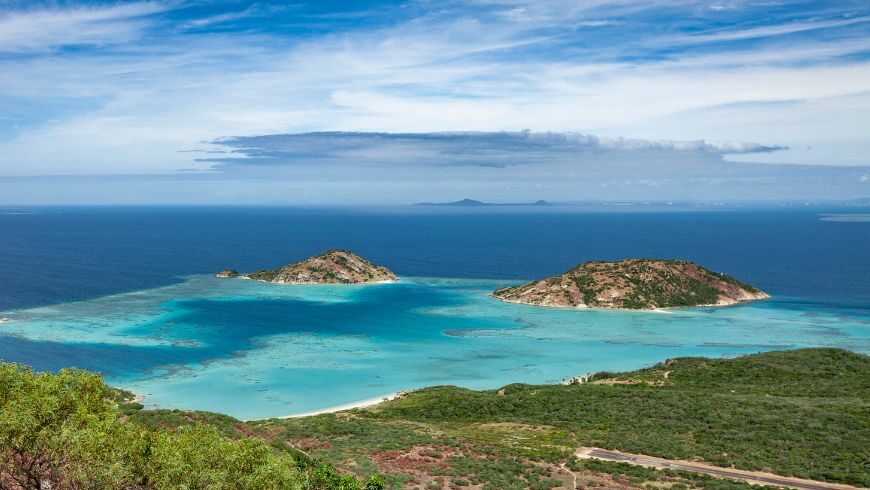
Understanding Regenerative Tourism in Australia
Regenerative tourism is a kind of tourism that goes beyond avoiding harm; it’s about creating positive contributions to the well-being of both the environment and the community.
In Australia, this type of tourism protects fragile ecosystems, like the Great Barrier Reef and the rainforests, and supports Indigenous people’s and local businesses’ cultures.
When you take part in regenerative tourism in Australia, you begin to play an important role in the direct restoration process of these areas, enhancing biodiversity and enriching the lives of those inhabiting them.
The elements of regenerative tourism are as follows:
- Rebuilding and restoring the ecosystem
- Supporting Indigenous traditions and enterprises
- Encourage Ecotourism
- Promoting long-term economic growth within the local communities
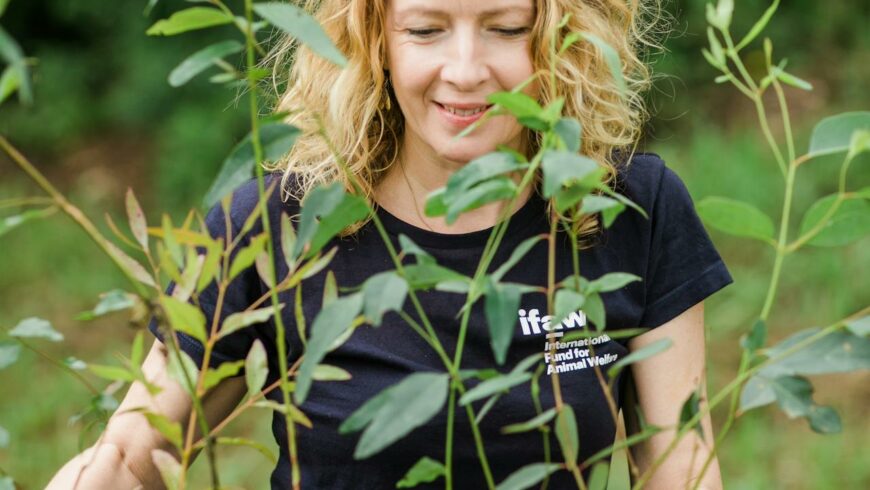
Planning Your Regenerative Journey
As you arrange your trip, think about how your travel choices can benefit the environment and local communities in your destinations. Also, research destinations that are considered regenerative. Additionally, seek tours and activities that centre around:
- Ecological Restoration
- Nature conservation
- Cultural experiences that contribute to local traditions
This proactive approach helps ensure your trip makes a positive impact on the places you visit.
Staying Connected: Tech for Mindful Travellers
As a traveller, it’s essential you play your part in protecting the environment. Global warming has become a threat to our ecosystem and every traveller should help to conserve our environment.
Digital tools can help track your environmental footprint, find sustainable options, and support informed decisions in real time. One practical solution is the use of eSIM technology. This eliminates the need for physical SIM cards, helping to reduce plastic waste. With stable internet access provided by eSIMs, you can efficiently plan your trip, avoid overcrowded attractions, support local businesses, and monitor your environmental impact. Sounds interesting? Read additional info.
Best times to visit different ecosystems
Timing a visit can make a big difference in the ecosystems and communities to which you travel. Not only will this enhance your experiences; it will also lessen the stress on the environment. Here are some best times to visit various Australian destinations.
- Great Barrier Reef: Come between June and October; the clarity of the water is perfect for diving and snorkelling and less crowded by tourists.
- Daintree Rainforest: Tourism can be best conducted without interfering with local wildlife habitats between the dry season months of May to September.
- Tasmania: Visit Tasmania’s wilderness to trek and go for ecotourism from October to March without causing significant damage to sensitive flora.
Responsible tour operators and booking platforms
When planning your regenerative tourism Australia, choose tour operators and booking platforms who also practise viable regenerative measures. You can identify them as follow:
- Check if they have an Australian EcoTourism licence.
- Check if they are locally owned tours and accommodation who use funds on conservation or community development initiatives.
- Ask them to show the kind of ecological impact they engage in.
Ecosystem Restoration Through Tourism
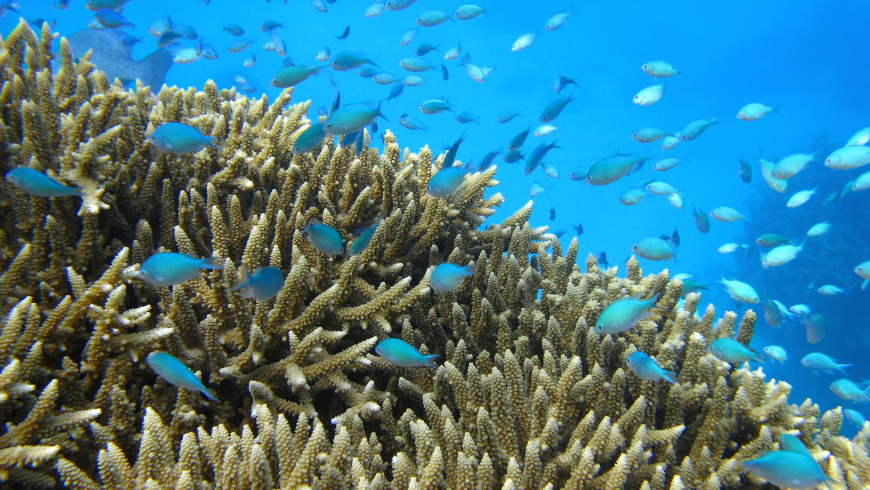
As a traveller you can achieve direct involvement in ecosystem restoration. Various regenerative tourism projects across Australia avail hands-on practices that you can engage in to help restore the environment. For instance:
- Planting coral: You can do this at the Great Barrier Reef. it’d help revive damaged areas of the reef.
- Tree planting: Help replant forests that bushfires or deforestation damaged in New South Wales or Victoria.
- Wildlife care: Help protect conservation programs for animals, such as koalas, Tasmanian devils, or marine wildlife.
Supporting Indigenous Communities
Indigenous cultures in Australia are incredibly rich, and supporting them through tourism makes a huge difference. Various ways to support such cultures are as follows:
- Go on Indigenous-led tours: Many areas in Australia offer Indigenous-run tours that give valuable insights into their culture, tradition, and connection with the land.
- Buy local: Purchase art and other crafts directly from Indigenous artists to make sure your money goes to those who need it most and helps cultural traditions.
- Learn from Indigenous perspectives: Participate in workshops and cultural experiences that provide training in traditional environmental management practices and their contribution to modern ecosystem health.
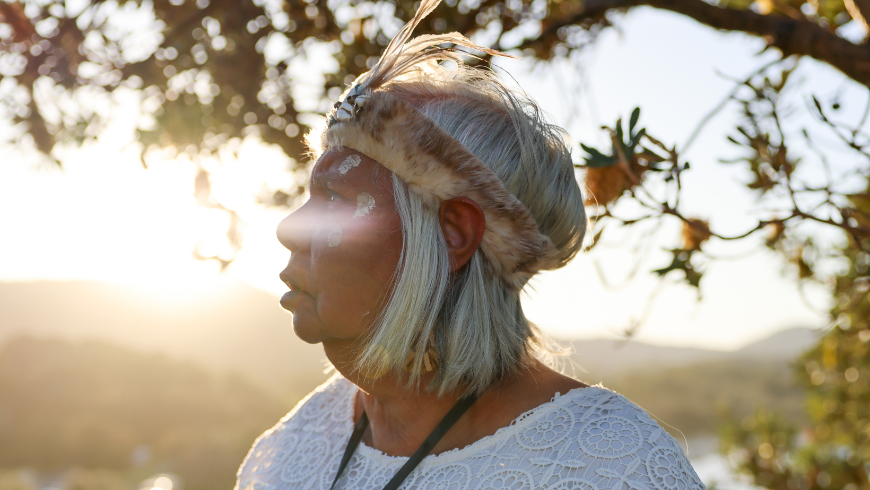
Local Community Empowerment
Besides environmental protection, regenerative tourism is about economic empowerment for the local communities. Below are the various ways to support them:
- Shop local: Buy local souvenirs and other items from local artisans rather than imported ones from large chains.
- Dine in locally-owned restaurants: Choose a family-owned or community-owned eatery where your spending goes directly into the local economy.
- Stay in locally-owned accommodations: Support small hotels or eco-lodges/bed-and-breakfasts that are sustainable and hire locals.
Conscious Accommodation Choices
Your accommodation can make a big difference in your travel footprint. As an eco-conscious traveller, look for:
- Eco-certified lodgings: Properties that are certified by organisations such as Eco Tourism Australia are ones committed to sustainability.
- Renewable energy use: Opt for accommodations that derive their power from either solar, wind, or any other renewable source of energy.
- Low-impact designs: Also, stay in places built with sustainable materials or those that minimise interference with the surrounding environment.
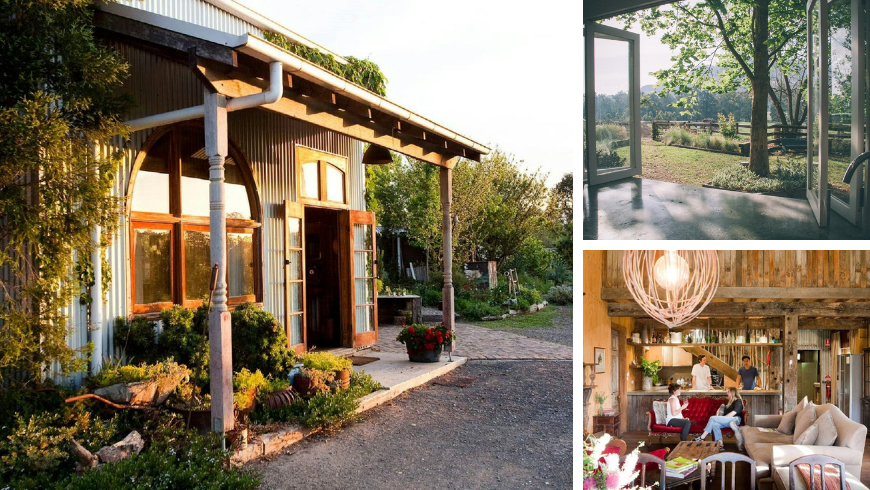
Transportation and Carbon Positivity
Transportation is one of the major contributors to the environment in tourism. The following options may reduce the carbon footprint of your tourism activities:
- Carpooling or Electric Vehicle: These vehicles use electric or hybrid functions for minimal emissions.
- Carbon Offset Programs: Offset carbon from your travel through any available carbon offset programs that airlines or travel companies may offer.
- Public Transport and Cycling: Using public transport, cycling, or even walking on foot whenever possible can significantly reduce carbon dioxide emissions.
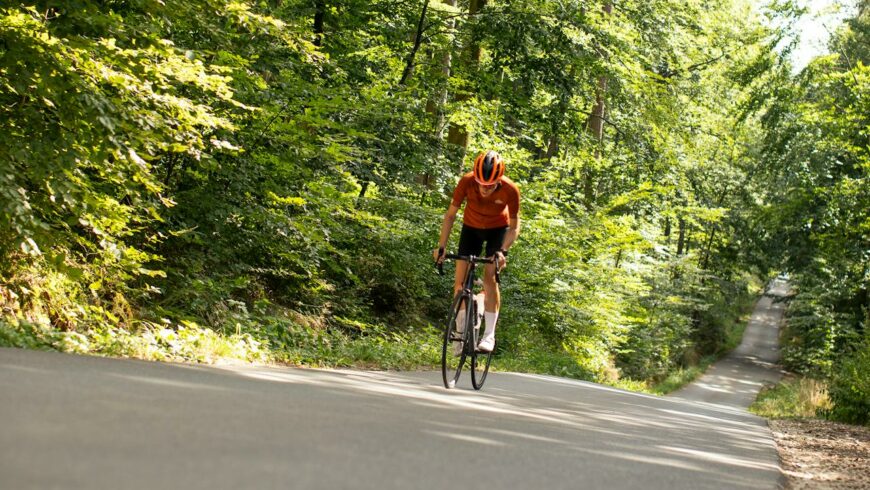
Practical Tips for Regenerative Travelers
As a regenerative tourist, you should know and observe a few things before embarking on your trip. Some of the things you should undertake to make your regenerative tourism a success include:
- Educating Yourself — Educate yourself about the ecosystems you visit and their particular challenges.
- Be Mindful — Always make sure that you respect the local cultures and customs during your travels.
- Leave No Traces — Observe the principle of leaving no trace where you visit. This will ensure that you don’t harm the environment as the aim is to improve it.
- Participate —Join your tour operators in participating in conservatory activities.
- Buy Local — This will be a huge support to the local artisans and businesses at large.
Conclusion
Regenerative tourism in Australia provides the opportunity to be an active participant in ecosystem restoration and an empowered local community.
You contribute through your choice of accommodation and where you choose to spend your money on valuable environmental care and adding value to the lives of the local people.
If you haven’t participated in regenerative tourism yet, Australia is inviting you to it. Try it now and experience the difference you can make!
Cover image: photo via Canva PRO
Author Bio: Roselyn is a freelance nomad travel writer passionate about sustainability and cultural preservation. Her work encourages readers to embrace responsible tourism practices that leave a positive legacy on the destinations they visit.
